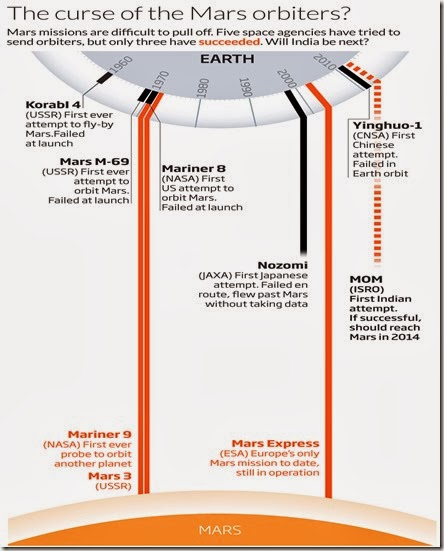They never really let the idea go. The fact that Earth revolves around the Sun and the solar system revolves around the center black hole of the Milky Way and the galaxy itself revolves around the center of gravity of the local group, that represents a tiny part of the space-time continuum of one of the many possible universes, never sinks in. Astrophysics and Astrobiology, arguably the most progressive of scientific disciplines of the present, still invest significant resources looking for Earth’s twins and Human’s alter-ego, across the universe. They argue that life will be found on an “Earth-like planet,” rocky with a density of 5.5 grams per cubic centimeters, revolving around a “Sun-like” star in the “habitable zone,” that affords the same temperature and radiation shields, with an atmosphere replete with oxygen and oceans with plenty of water to drink, bathe and perform religious ceremonies. Such is the power of homocentrism that leading science fiction writers find extra-terrestrials travelling to Earth to be similar to humans - eyes, legs, hands and a brain, supported on long and flexible necks, albeit with a different skin color, something humans hold dear. The less sophisticated ones create crafts that travel across space-time and find creatures, well dressed and fed, ready to converse in English.
The discovery of thousands of exoplanets has led to a feeding frenzy and heart-break for most for they are yet to find something with the precise dimensions and density of their beloved home. Exolife has eluded them and this has forced them to lower some standards. Some are now willing to accept that the Sun is no ordinary star and that there are ten times as many dwarf stars as Sun-like stars with one-tenth the energy, occupying space near and far. This has expanded the “habitable region,” where Earth’s twins would be found, albeit such a discovery may not be as exciting. On that Earth, just next door, orbiting a dwarf, they still hope to find organisms, animals and human clones of similar proportions, aerobic and hydrophilic, living, fighting and killing each other, occasionally looking for their twins elsewhere. They are ready to sacrifice the Sun but not the Earth, an ironic twist to the story of “scientific discoveries.”
Homocentrism, the curse of humanity, may have substantially limited humans.


